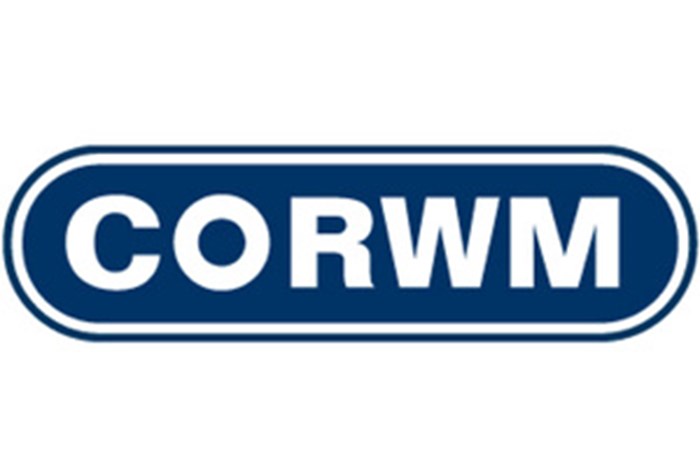Committee On Radioactive Waste Management

Eight members of CoRWM, led by Sir Nigel Thrift and our Sub-Group chair for Wales, Stephen Tromans KC, visited the Trawsfyndd site in Snowdonia on 13 September. Our key purpose was to learn at first-hand about how radioactive wastes were being managed at a former Magnox station in Wales, and how its experience could be factored into preparations for transferring nuclear wastes into a Geological Disposal Facility (GDF). The visit was kindly facilitated by James Gibbs, CoRWMs point of liaison with Welsh Government and also included representatives of the Welsh Government and Natural Resources Wales.
Trawsfyndd is in an extraordinarily dramatic natural setting and was the first, and only, nuclear power station to be built inland, its cooling provided by the adjacent lake. Construction of the 2 reactors began in the late 1950s and the station operated until 1991. It was fully defueled in 1995 and has been in decommissioning since then.
It was useful for CoRWM members to see the progress of decommissioning, to understand the challenges, and to see at first hand how wastes destined for the future GDF have been conditioned and packaged and how they are being stored. Trawsfyndd is a lead and learn site for decommissioning techniques, and is also mooted as a preferred future location for one or more small modular reactors.
Central to the Committees responsibilities, we had detailed briefing in the Intermediate Level nuclear Waste store (ILW), which offered useful insights for storage chambers in the future GDF and especially how they would need to be actively managed during early storage periods.
Similarly informative were visits to the Active Waste Vault and a Fuel Element Debris processing unit. We were impressed by the experience and skills now held by staff in managing nuclear wastes (often following a background in reactor operations but including new local trainees). It left a question, however, about how such acquired safety and operating knowledge is being used in the design of the GDF and how practical expertise could be carried forward to support its eventual entry into service. With current staff of about 220 and on-site total with contractors of some 300, there is substantial expertise to be drawn upon.
Thinking also seemed to be at an early stage about the movement of ILW containers to the GDF, with little examination yet of the use of waterborne or rail links (as preferred in the National Policy Statement and used for the sites original construction), rather than roads, some in a National Park. Could there be potential savings from joint use of transport links with any new reactor projects on the site?
We also toured other key areas of the site including a disused boiler section, its charge face and capping roof (pending reduction of the original power station to about half its present height and hence reducing its impact on the National Park landscape as well as ensuring a stable structure for decommissioning the reactor vessels in due course). Useful lessons were evident for GDF about balancing architectural attractiveness with long-term durability and maintenance costs, especially in areas of above average rainfall such as Snowdonia.
A recurrent theme of the visit was that the difficulty and cost of decommissioning has been massively increased by a lack of thought back in the 1950s when the reactors were designed and built as to how they would in due course be dismantled, and also by short term operational decisions as to managing Magnox fuel, which had resulted in problematic wastes streams remaining on site. This is salutary when considering new types of reactors today.
The warmth, competence and team spirit at the site was highly evident, though always combined with rigorous safety and security standards. Especially helpful to our visit were David Cabrera, the Technical Manager for the Reactor Dismantling Programme, Tom Williams and Rhys Jones. We were grateful for Magnoxs hospitality at lunch, including an introduction for many of us to delightful Radnor water. Our pronunciation of the site name improved during the vis
